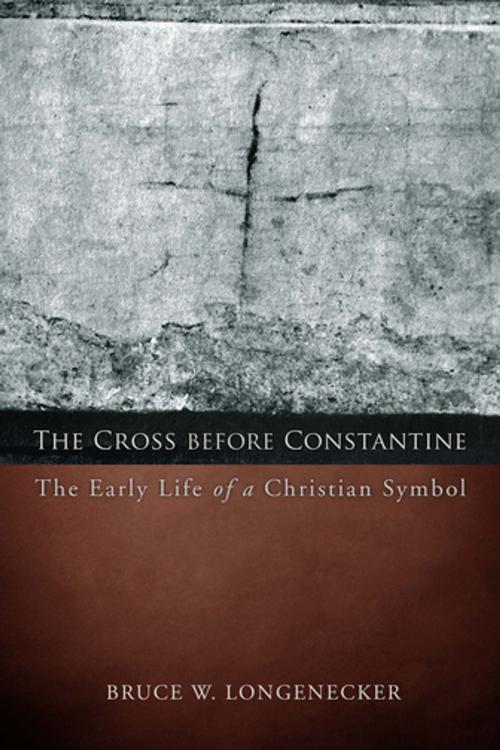The Cross before Constantine
The Early Life of a Christian Symbol
Nonfiction, Religion & Spirituality, Reference, Antiquities & Archaeology, Bible & Bible Studies, Criticism & Interpretation| Author: | Bruce W. Longenecker | ISBN: | 9781506400365 |
| Publisher: | Fortress Press | Publication: | August 1, 2015 |
| Imprint: | Fortress Press | Language: | English |
| Author: | Bruce W. Longenecker |
| ISBN: | 9781506400365 |
| Publisher: | Fortress Press |
| Publication: | August 1, 2015 |
| Imprint: | Fortress Press |
| Language: | English |
This book brings together, for the first time, the relevant material evidence demonstrating Christian use of the cross prior to Constantine. Bruce W. Longenecker upends a longstanding consensus that the cross was not a Christian symbol until Constantine appropriated it to consolidate his power in the fourth century. Longenecker presents a wide variety of artifacts from across the Mediterranean basin that testify to the use of the cross as a visual symbol by some pre-Constantinian Christians. Those artifacts interlock with literary witnesses from the same period to provide a consistent and robust portrait of the cross as a pre-Constantinian symbol of Christian devotion. The material record of the pre-Constantinian period illustrates that Constantine did not invent the cross as a symbol of Christian faith; for an impressive number of Christians before Constantine’s reign, the cross served as a visual symbol of commitment to a living deity in a dangerous world.
This book brings together, for the first time, the relevant material evidence demonstrating Christian use of the cross prior to Constantine. Bruce W. Longenecker upends a longstanding consensus that the cross was not a Christian symbol until Constantine appropriated it to consolidate his power in the fourth century. Longenecker presents a wide variety of artifacts from across the Mediterranean basin that testify to the use of the cross as a visual symbol by some pre-Constantinian Christians. Those artifacts interlock with literary witnesses from the same period to provide a consistent and robust portrait of the cross as a pre-Constantinian symbol of Christian devotion. The material record of the pre-Constantinian period illustrates that Constantine did not invent the cross as a symbol of Christian faith; for an impressive number of Christians before Constantine’s reign, the cross served as a visual symbol of commitment to a living deity in a dangerous world.















